Build and apply a repertoire of knowledge, understanding and skills in order to design and make high-quality prototypes and products for a wide range of users.
Critique, evaluate and test their ideas and products and the work of others.
Design purposeful, functional, appealing products for themselves and other users based on design criteria.
Develop the creative, technical and practical expertise needed to perform everyday tasks confidently and to participate successfully in an increasingly technological world.
Select from and use a range of tools and equipment to perform practical tasks [for example, cutting, shaping, joining and finishing].
Investigate and analyse a range of existing products.
Apply their understanding of how to strengthen, stiffen and reinforce more complex structures.
Apply their understanding of computing to program, monitor and control their products.
Produce creative work, exploring their ideas and recording their experiences.
Generate, develop, model and communicate their ideas through talking, drawing, templates, mock-ups and, where appropriate, information and communication technology.
Evaluate their ideas and products against design criteria.
Build structures, exploring how they can be made stronger, stiffer and more stable.
Explore and use mechanisms [for example, levers, sliders, wheels and axles], in their products.
Use research and develop design criteria to inform the design of innovative, functional, appealing products that are fit for purpose, aimed at particular individuals or groups.
Generate, develop, model and communicate their ideas through discussion, annotated sketches, cross-sectional and exploded diagrams, prototypes, pattern pieces and computer-aided design.
Evaluate their ideas and products against their own design criteria and consider the views of others to improve their work.
Identify and solve their own design problems and understand how to reformulate problems given to them.
Develop specifications to inform the design of innovative, functional, appealing products that respond to needs in a variety of situations.
Use a variety of approaches [for example, biomimicry and user-centred design], to generate creative ideas and avoid stereotypical responses.
Develop and communicate design ideas using annotated sketches, detailed plans, 3-D and mathematical modelling, oral and digital presentations and computer-based tools.
Select from and use specialist tools, techniques, processes, equipment and machinery precisely, including computer-aided manufacture.
Test, evaluate and refine their ideas and products against a specification, taking into account the views of intended users and other interested groups.
To develop a wide range of art and design techniques in using colour, pattern, texture, line, shape, form and space.
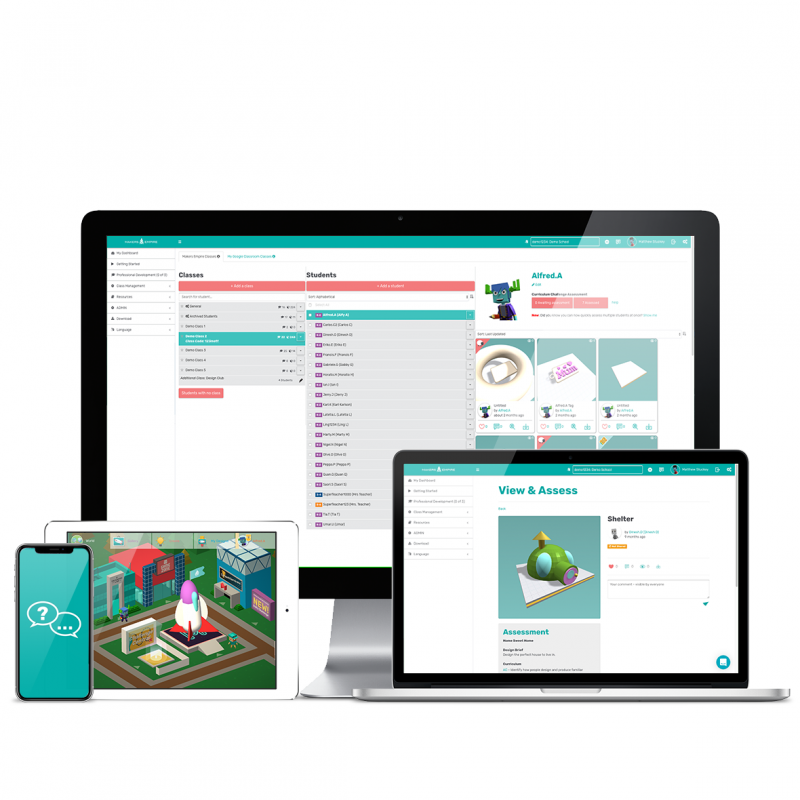


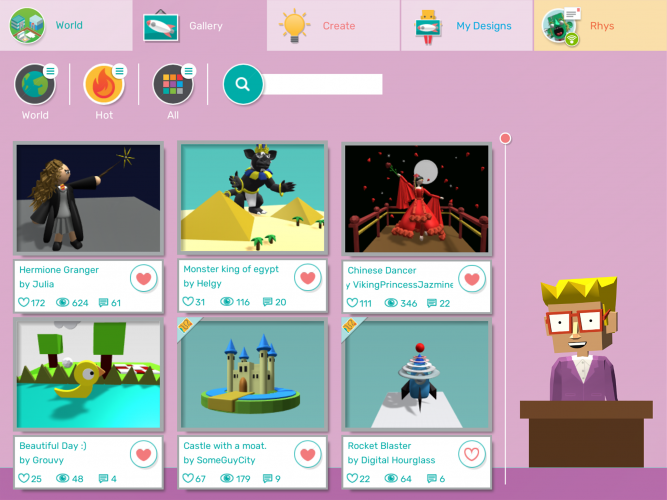
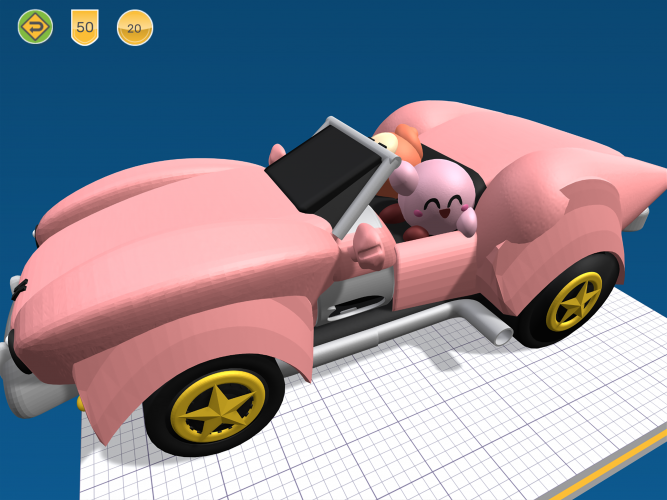
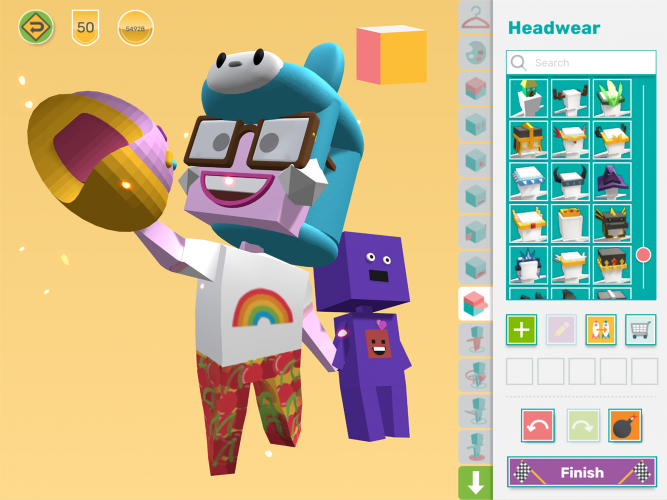
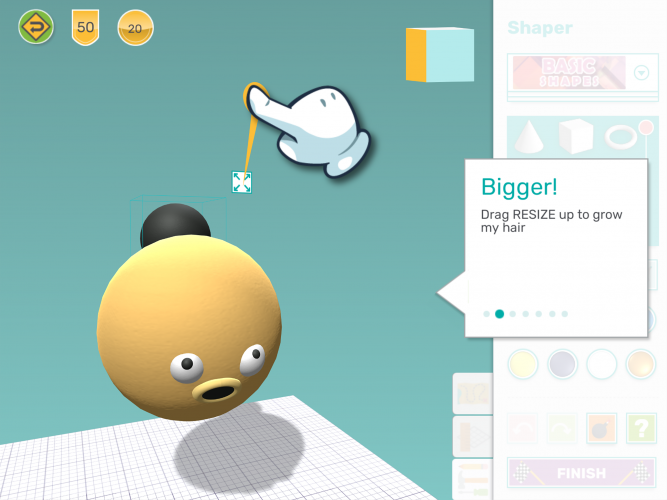
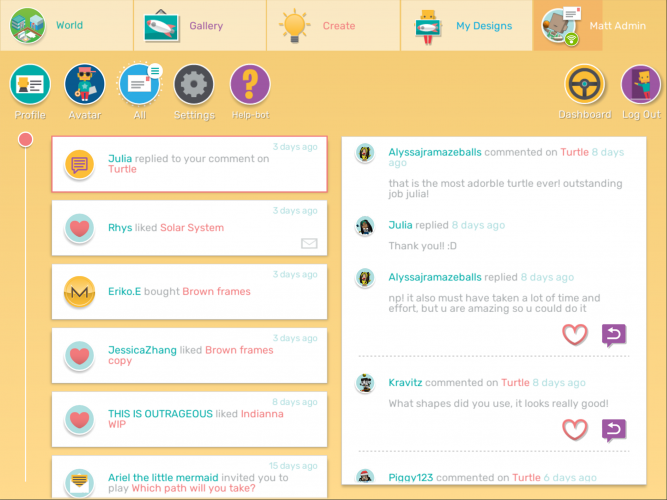
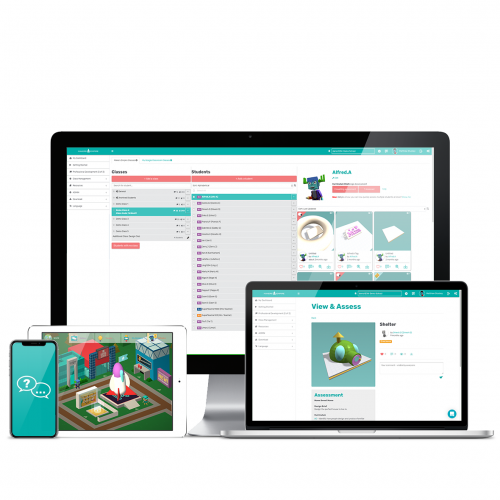
User reviews for Makers Empire
You need to log in to post a review.